Google Glass: How to use Glass hands-free
Learn how to activate the Glass screen, respond to notifications and use some other basic features, all without using your hands.
One of our stenographers is writing real-time captions (CART, or verbatim speech-to-text) for a deaf surgeon in the USA who wears Glass. He uses an iPad with a microphone, and hangs it on the IV pole. The stenographer has special settings and a link for the Glass. It really is liberating for this client to have realtime captions as they work.
The first surgeries streamed using Google Glass were performed in June 2013.
Dr Grossmann, member of the Google Glass Explorer program, performed a world-premier surgery with Glass in the USA. This surgery was a PEG (Percutaneous Endoscopic Gastrostomy). The truly technological advance was to be able to stream the contents of a surgery to an overseas audience.
The second surgery was a chondrocite implant performed in Madrid, Spain, broadcasted to Stanford University. Dr Pedro Guillén streamed and consulted simultaneously a live surgical operation, enabling Dr. Homero Rivas – at Stanford University – to attend and provide useful feedback to Dr Guillén in real-time.
Dr. Christopher Kaeding, an orthopaedic surgeon at The Ohio State University Wexner Medical Center, used Google Glass to consult with a colleague using live, point-of-view video from the operating room. He was also able to stream live video of the operation to students at the University;
“To be honest, once we got into the surgery, I often forgot the device was there. It just seemed very intuitive and fit seamlessly.”
This was the first time in the US that Google Glass had been used during an operation and it was only used at a very basic level. Possible future uses of this technology could include hospital staff using voice commands to call up x-ray or MRI images, patient information or reference materials whilst they are doing their ward rounds. The opportunity to be able to get the information they need in an instant could have a significant impact on patient care. Another opportunity Google Glass offers is the ability to collaborate with experts from anywhere in the world, in real-time, during operations.
Clínica CEMTRO, in Madrid, is currently conducting a broad study including more than a hundred universities from around the world, to understand which could be the applications of Google Glass technology on e-health, tele-medicine and tele-education.
Credits: Ohio State University Wexner Medical Center, Clínica CEMTRO

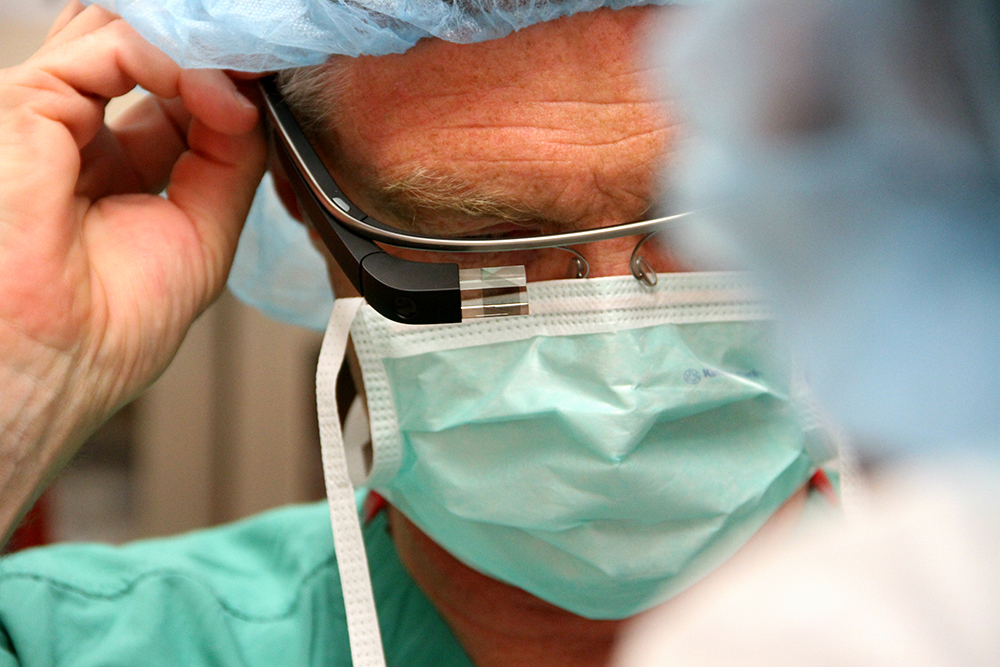

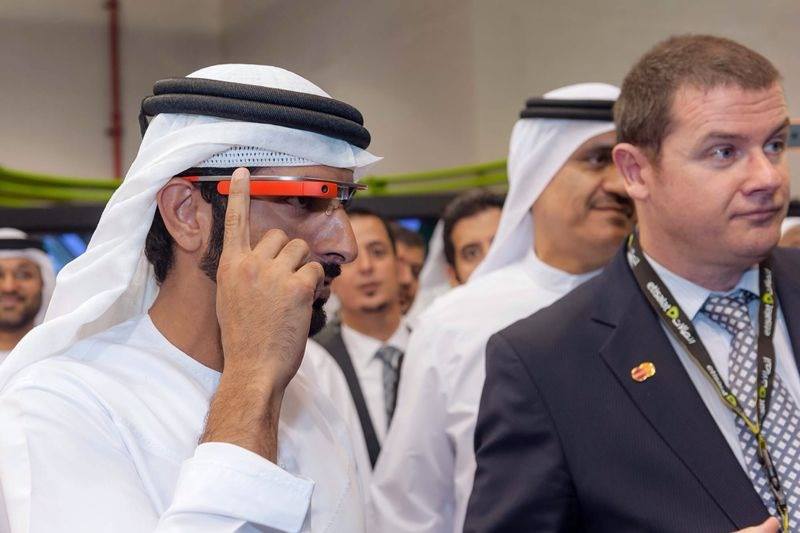
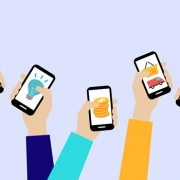

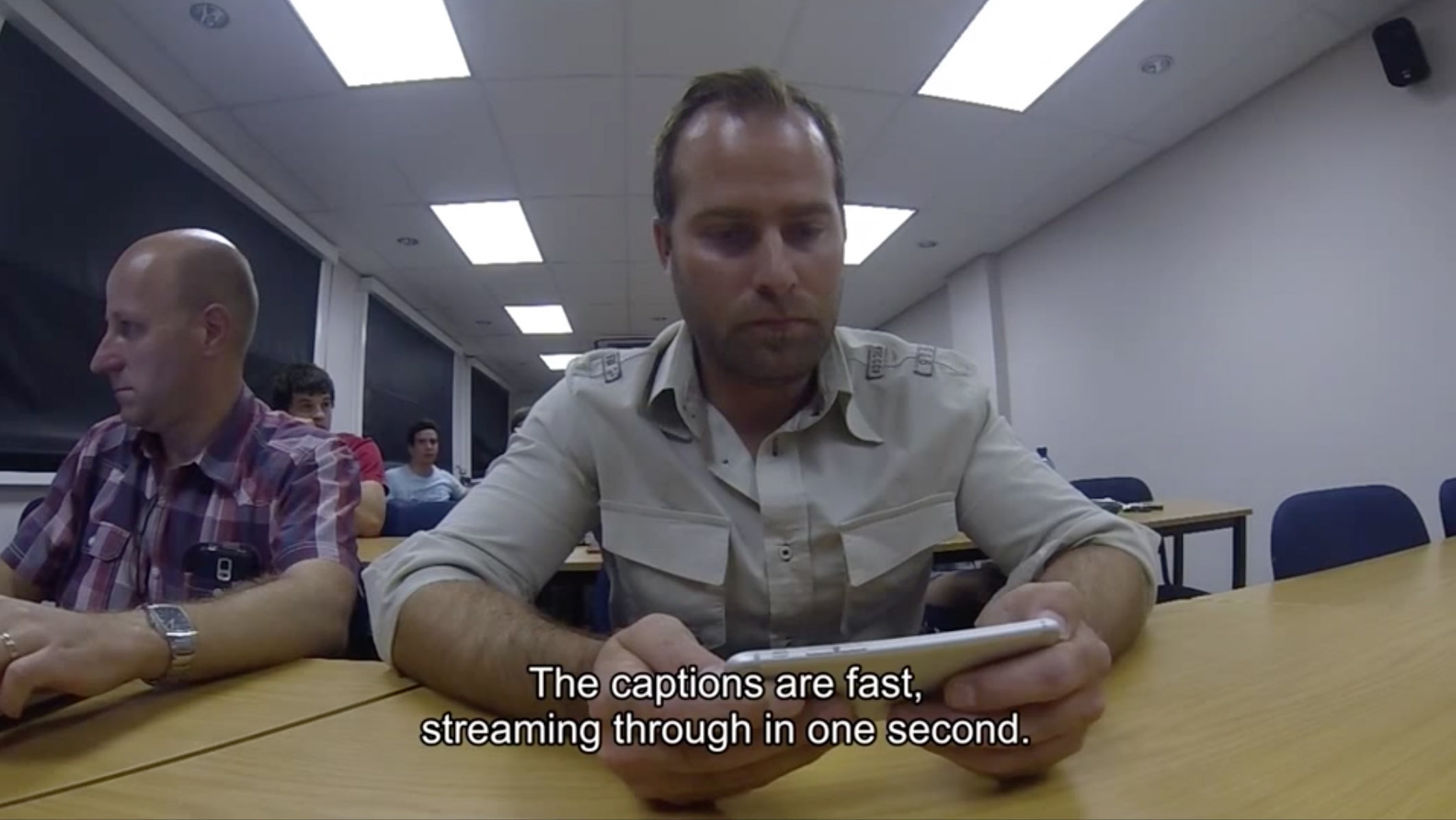
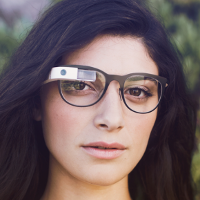


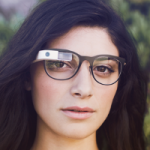
Leave a Reply
Want to join the discussion?Feel free to contribute!